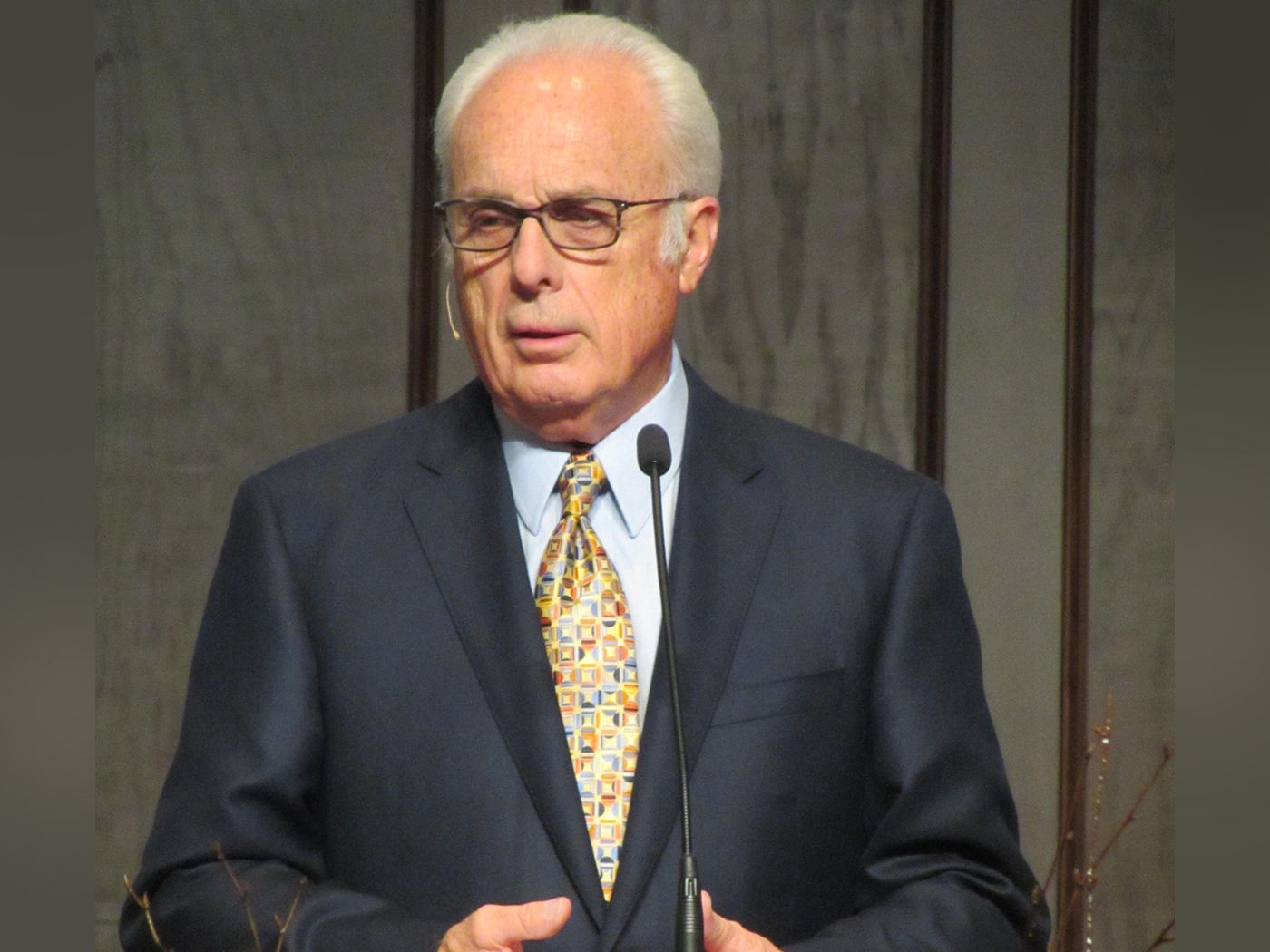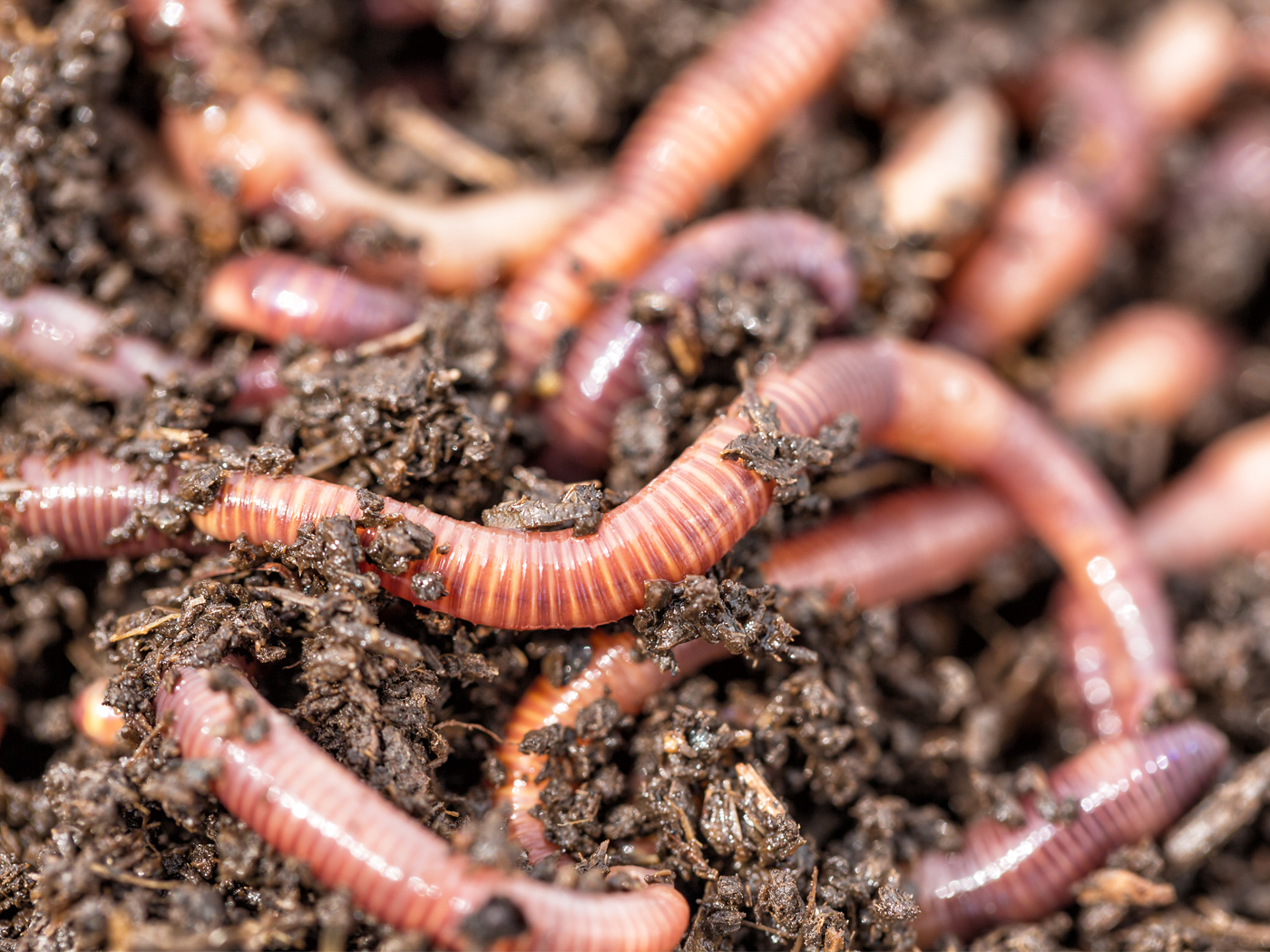A number of factors are required for life to exist--the presence of water, sustainable atmosphere, and appropriate temperature ranges, just to name a few. How many of these requirements should be observed in a distant planet in order for a serious scientist to claim that life there is a sure thing?
Just one, according to a University of California Santa Cruz astronomer.
The physical requirements for any life are specific and manifold, but the non-physical requirements are even more exacting. Not only does any imaginable life require external parameters like the right temperature, pressure, atmospheric composition, and appropriate available elements, it also has to be internally equipped with biological machines capable of producing new generations of machines that can perform all of the thousands of tiny tasks needed for life's big processes such as metabolism and reproduction.
A newly discovered "exoplanet" (a planet outside the solar system) named Gliese 581g appears to be inside the "habitable zone" of its red dwarf star. Since this means that the planet's surface could potentially hold liquid water, Steven Vogt, professor at UC Santa Cruz, expressed confidence that the planet indeed harbors life.
But with only one of the required parameters present--temperature--how reasonable is it to assume the rest? Is there even water there?
Reasonable or not, according to Space.com Vogt stated during a press briefing:
Personally, given the ubiquity and propensity of life to flourish wherever it can, I would say, my own personal feeling is that the chances of life on this planet are 100 percent.1
The exoplanet is one of six discovered by measuring tiny wobbles in the motion of their host star. The planets' gravitation pulls their star slightly off-center. Space.com reported that Gliese 581g is "tidally locked" to the red dwarf, so that one side always faces its star just like the moon faces earth.
This locked rotation poses a huge hurdle for any potential life. Astrophysicist Guillermo Gonzales has explored in detail the basic environmental requirements for life. In a technical article published online, he said:
For the extreme case of synchronous rotation, the complete freeze-out of water on the dark hemisphere is very likely....Once water begins to freeze on a region of a planet with continuously sub-zero temperature, the stage is set for a runaway process of continuing freeze-out.2
Vogt did not suggest any solution to this problem, instead invoking a 19th-century, Darwin-inspired, assumed "propensity of life to flourish wherever it can." What Darwin's followers are not recognizing, however, is that any propensity for life to flourish is a direct result of the specialized machinery and coded instructions that living cells have been given, rather than the result of a happy accident of just the right random assemblage of physical parameters and natural laws.
In fact, those coded instructions make life possible precisely because they circumvent or exploit the laws of nature. So, given that there are no known natural entities capable of dreaming up those instructions, let alone capable of building biological machines that can effectively use them, the chances of life on planet Gliese 581g have to be zero.
References
- Bryner, J. Odds of Life on Newfound Earth-Size Planet '100 Percent,' Astronomer Says. Space.com, reporting on research slated for publication in Astrophysical Journal. Posted on space.com September 29, 2010, accessed September 30, 2010.
- Gonzales, G. Habitable Zones in the Universe. arXiv:astro-ph/0503298v2, 14. Posted on arxiv.org September 1, 2005.
Image credit: NASA, ESA, and G. Canalizo (University of California, Riverside)
* Mr. Thomas is Science Writer at the Institute for Creation Research.
Article posted on October 12, 2010.



















